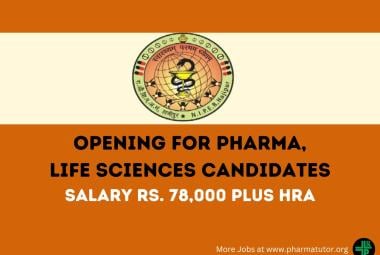The U.S. Food and Drug Administration is extending the indication of Ibrance (palbociclib) capsules in combination with specific endocrine therapies for hormone receptor (HR)-positive, human epidermal growth factor receptor 2 (HER2)-negative advanced or metastatic breast cancer in male patients.










